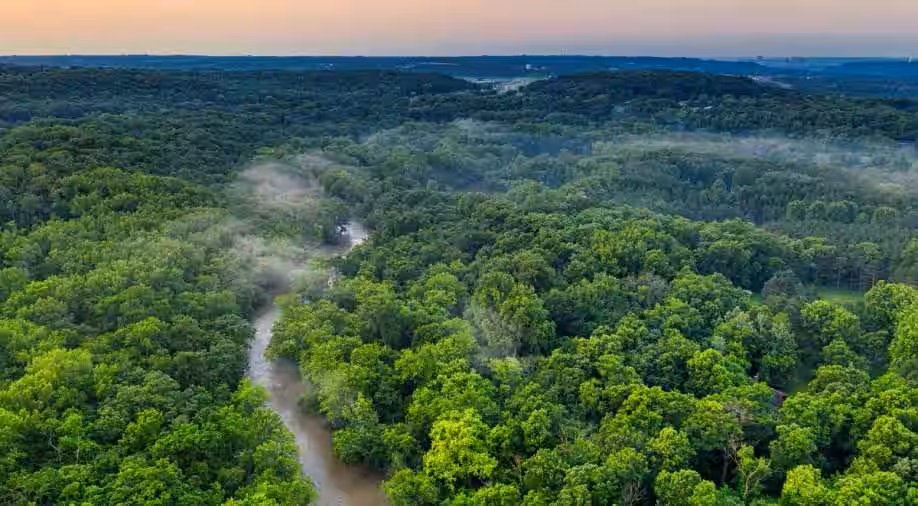Ditches, geoglyphs, ponds, and wells are examples of man-made structures that have been found in the Amazon, as well as geometric shapes. These earthworks include a variety of domesticated trees and crops, and some of them date back up to 1500 years.
According to recent research, the lush Amazon rainforest, formerly thought of as an unspoiled natural paradise, really conceals hundreds of prehistoric human-made structures.
According to recent research that was published in the journal Science, human societies have lived in the Amazon for many centuries. Laser imaging and modeling were used to make this discovery.
“Closed-canopy forests across Amazonia are likely to contain thousands of undiscovered archaeological sites around which pre-Columbian societies actively modified forests,” scientists write in the scientific journal Science.
The finding “opens opportunities for better understanding the magnitude of ancient human influence on Amazonia and its current state,” they write.
This significant discovery was made by researchers using LIDAR, an airborne laser mapping tool.
laser results
The laser detecting technique enables researchers to “see” man-made buildings that had previously been hidden behind thick vegetation and soil. Using satellite imaging made this impossible.
Ditches, geoglyphs, ponds, and wells are examples of man-made structures that have been found in the Amazon, as well as geometric shapes. Numerous domesticated tree and crop species can also be found among these earthworks, some of which date back up to 1,500 years.
According to archaeologist Eduardo Neves of the University of So Paulo, “The Amazon is not a virgin forest.” Neves, a researcher unrelated to this study, added that the lush forest “has been transformed by indigenous people over millennia.”
According to Neves, the Amazon rainforest is not just an ecological treasure but also a bio-cultural inheritance, and it “really is a result of the coevolution of Indigenous peoples and a forest over millennia.”
Researchers surmise that the majority of the ancient human earthworks are situated in the southwest of the Amazon basin based on their results.
Apart from the apparent human history component, these discoveries also have significant implications for indigenous groups’ land rights. According to the authors, the findings “serve as tangible proof of an ancestor’s occupation, way of life, and their relationship established within the forest.” This has recently become a contentious issue in Brazil.




